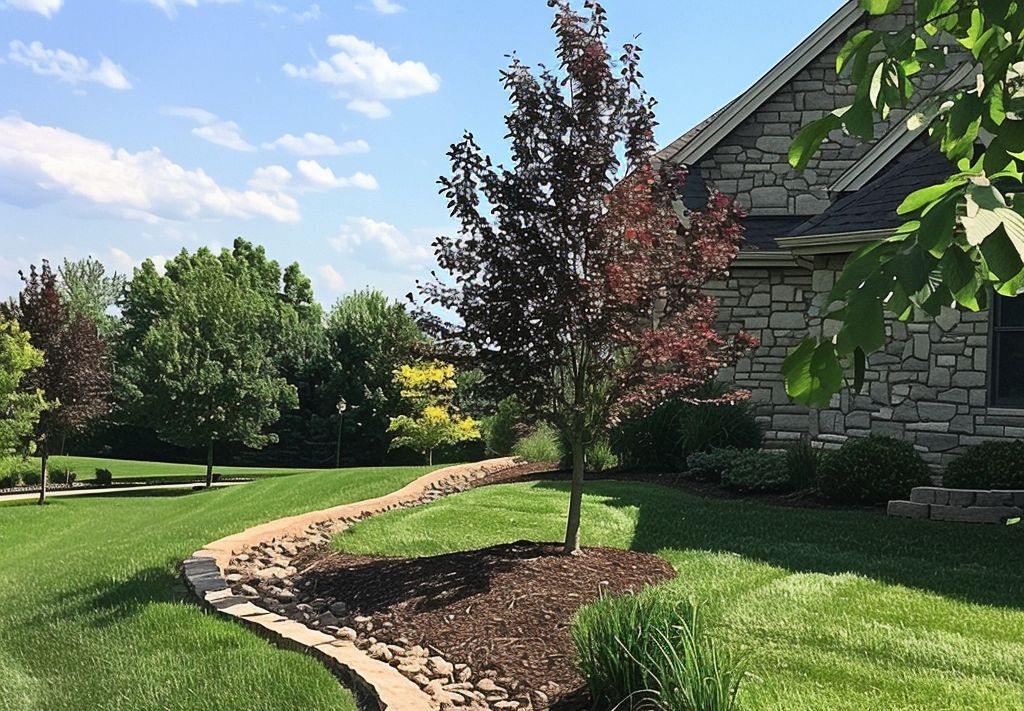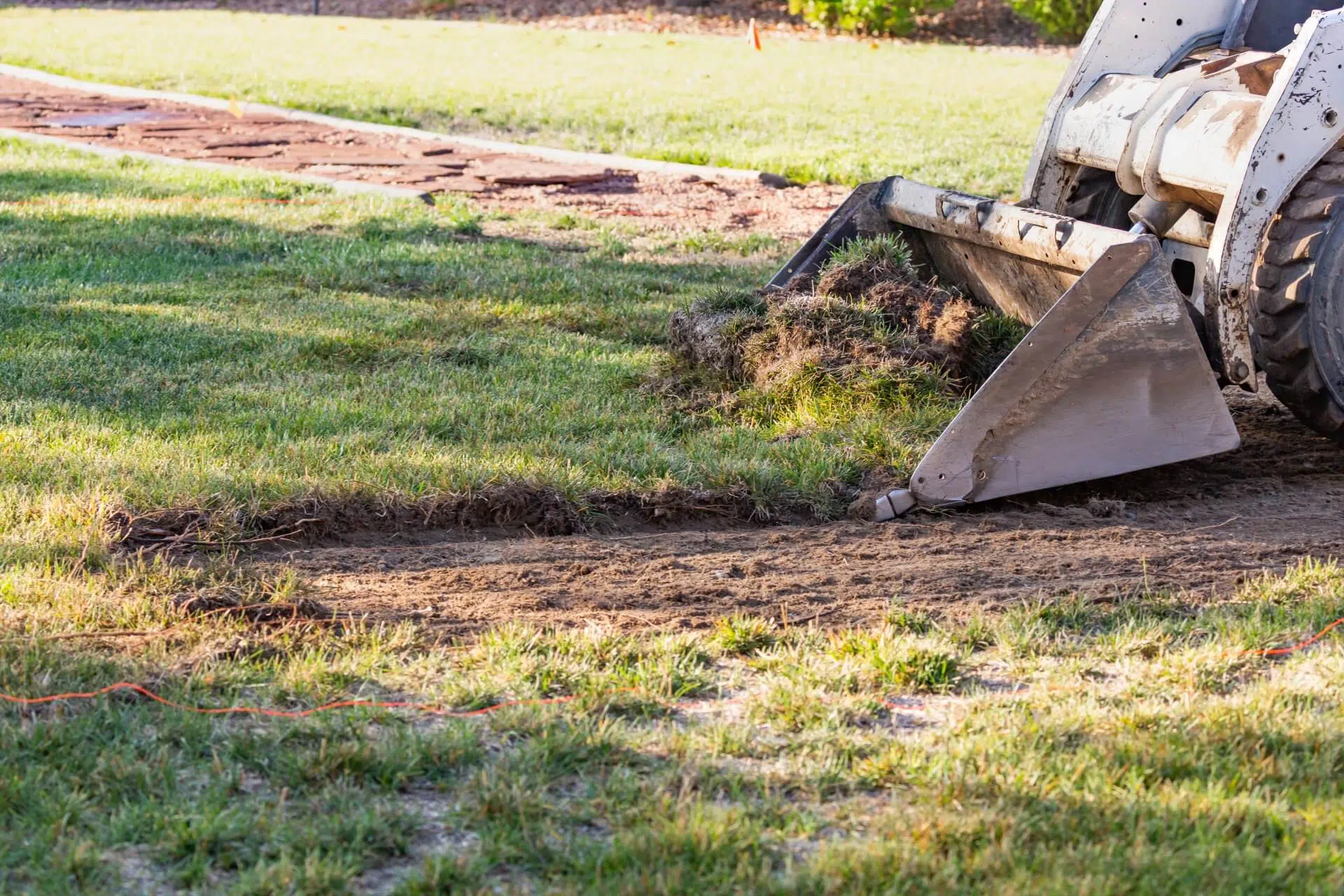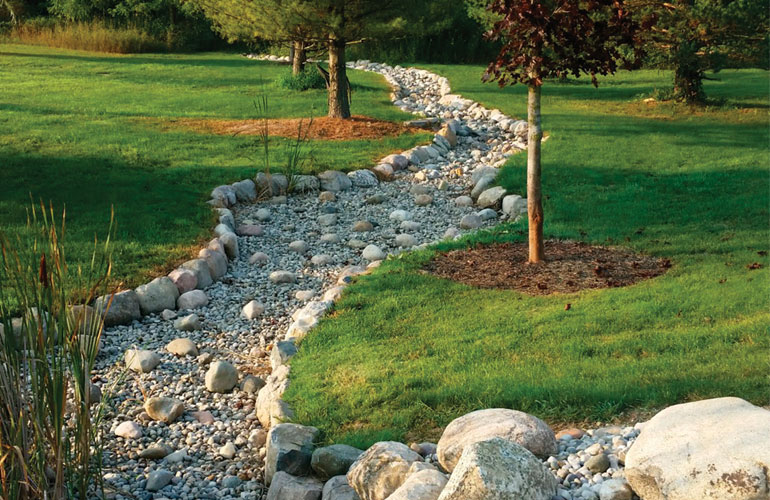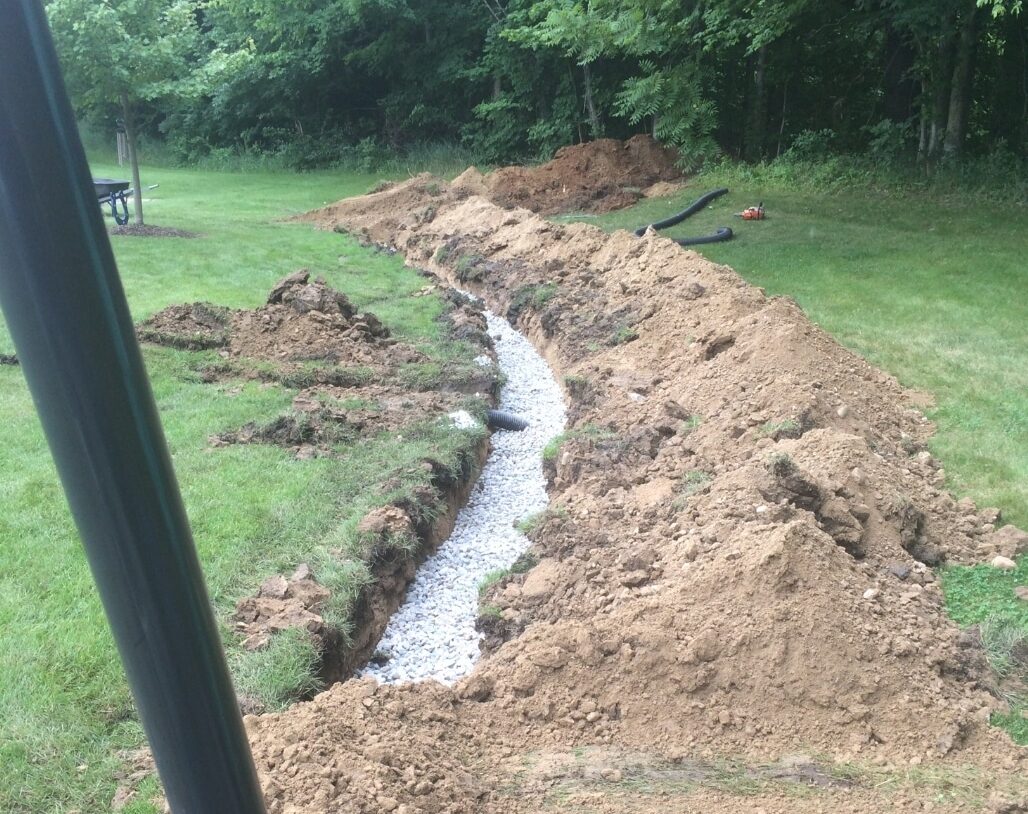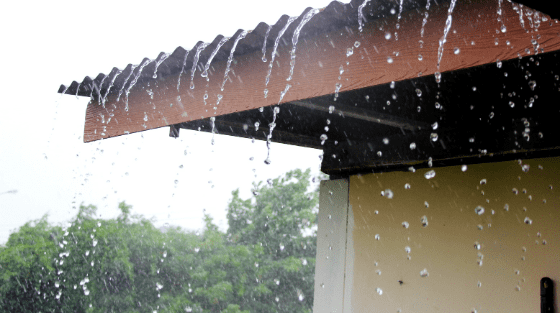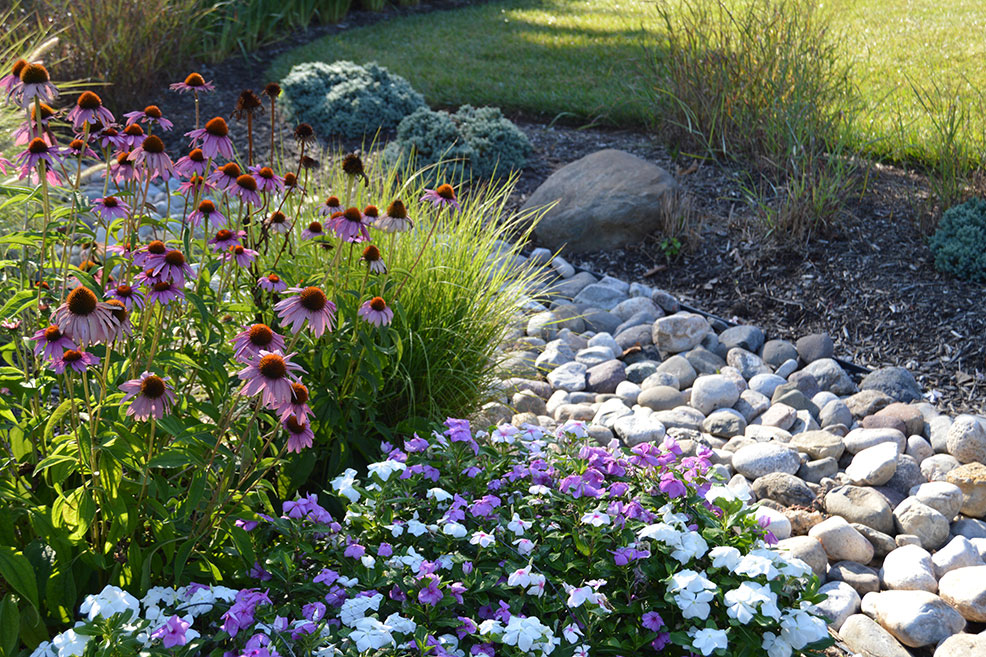Grading & Drainage
RH Design Concepts provides grading and drainage on various residential and commercial properties. We can provide lawn care for your property including overseeding, fertilizing, weed and feed, and more. We use natural methods, no sprays—just a spreader! We also provide proper rough and finish grading to your property as needed. If you have low spots, holes, dips, uneven terrain, or other—we can help you! We use only screened topsoil for our grading projects and use a seed accelerator and premium sun & shade mix grass seed. *Ask us about weekly mowing in season! We take on a select number of customers! Let our team begin helping you and contact us about your landscaping project!
Landscaping and property maintenance are essential to making your outdoor space look amazing. All of our landscape objectives can certainly make a great impression. Our specialty is making sure the project turns out as you intended. RH Design Concepts is dedicated to going above and beyond to ensure the correct installation methods and safety precautions are taken. Talk to our team today and learn more.
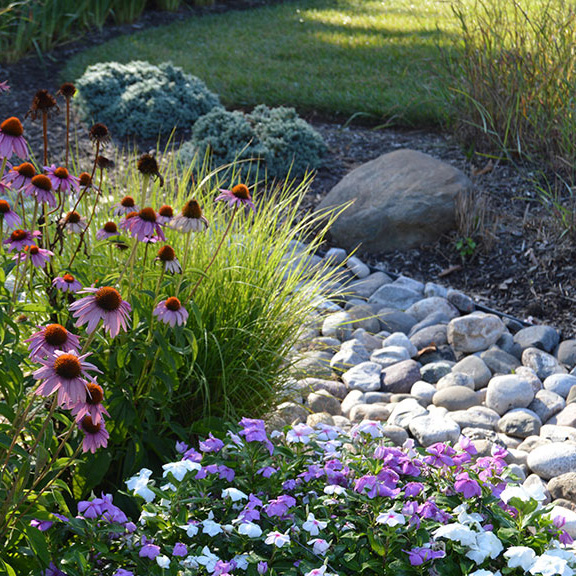
Request A Free Consultation
Complete the form below and we will schedule a time to discuss your project.
About this process
Hardscaping patios, walkways, porches, and more can be exciting and rewarding projects that can enhance the visual appeal, aesthetics, and value of your home. With the right planning and execution of each stage of your hardscaping project, we also customize the paver or concrete upon your choosing if you prefer. Whether you’re updating a few outdoor elements or completely transforming your property, thoughtful design, quality materials, and skilled craftsmanship are key to achieving successful results. Here’s a basic guide to our process:
We always aim to exceed expectations—at every project
- Understanding the full scope of work is crucial to correct installation
- From preparation to finish with trim—we aim to get it right
- Our team has the expertise to get the project completed successfully
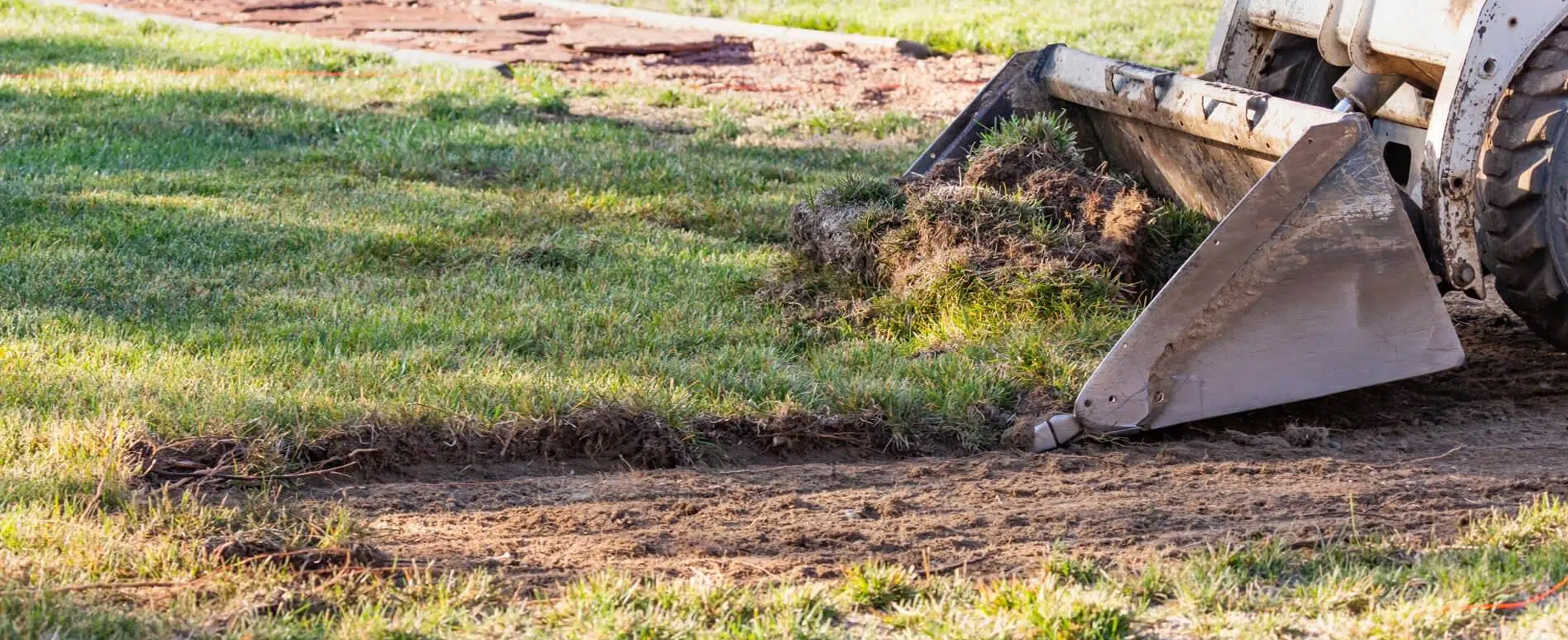
Call For a Quote:
267•733•3831
UNDERSTANDING THE SCOPE OF WORK
GRADING & DRAINAGE
By carefully planning and executing each stage of your hardscaping project, you can create a beautiful, functional, and comfortable space that meets your needs and reflects your personal style. Hardscaping patios and walkways using pavers or concrete involves several steps, from planning and preparation to installation and finishing. Here’s a detailed breakdown of the process:
1. Planning and Design
- Assessment:
- Site Evaluation: Inspect the site to understand current conditions, including natural slopes, drainage patterns, and soil type.
- Goals: Define the objectives for grading and drainage, such as directing water away from structures, creating level areas, or managing runoff.
- Design:
- Grading Plan: Develop a grading plan that outlines desired slopes, elevations, and contours. Include any required earthworks to achieve these goals.
- Drainage Plan: Design a drainage system to manage surface and subsurface water. This may include trenches, swales, French drains, or stormwater management systems.
2. Site Preparation
- Clearing:
- Remove vegetation, debris, and any obstructions from the area where grading and drainage work will occur.
- Marking:
- Use stakes, string lines, or marking paint to outline the proposed grades and drainage features according to the plan.
3. Excavation and Grading
- Excavation:
- Cutting: Dig out high areas to lower elevations or remove soil from areas where a lower grade is needed.
- Filling: Add soil to low areas to raise the grade. Use fill material that compacts well and is suitable for the soil conditions.
- Grading:
- Leveling: Use grading equipment or hand tools to achieve the desired slopes and contours. Ensure that the surface is smooth and even.
- Slopes: Maintain proper slopes to direct water away from structures and towards drainage areas. Generally, a slope of 2% (1/4 inch per foot) is recommended for effective water runoff.
- Compaction:
- Compact the soil to prevent future settling and ensure stability. Use a plate compactor or roller for large areas.
4. Drainage Installation
- Surface Drainage:
- Swales: Dig shallow, broad channels (swales) to direct surface water to drainage areas. Swales should be gently sloped and lined if necessary to prevent erosion.
- Trenches: Install trenches or ditches where water needs to be directed away from structures or specific areas.
- Subsurface Drainage:
- French Drains: Install French drains by digging trenches filled with gravel and a perforated pipe to collect and redirect groundwater.
- Drainage Pipes: Lay perforated pipes in trenches with a gravel bed around them to manage subsurface water. Ensure proper pipe slope (typically 1/4 inch per foot) for effective drainage.
- Catch Basins and Grates:
- Install catch basins and grates at low points to collect and channel water into drainage pipes or systems.
5. Erosion Control
- Erosion Control Measures:
- Mulching: Apply mulch to bare soil to prevent erosion and promote vegetation growth.
- Erosion Control Fabrics: Use geotextiles or erosion control blankets on steep slopes or bare soil areas.
- Planting: Establish ground cover or vegetation to stabilize soil and reduce erosion risk.
6. Final Adjustments and Inspection
- Fine Grading:
- Make final adjustments to ensure the surface is level and slopes are as planned. Check for any low spots or uneven areas.
- Inspection:
- Inspect the grading and drainage work to ensure it meets the design specifications and functions as intended. Verify that water is directed away from structures and that drainage systems are operating correctly.
7. Maintenance
- Regular Checks:
- Periodically inspect the grading and drainage systems for signs of erosion, blockages, or issues. Address any problems promptly to maintain effective water management.
- Repairs:
- Perform any necessary repairs or adjustments to grading and drainage systems to address issues that arise over time.
By following these steps, you can ensure that your grading and drainage systems effectively manage water, prevent erosion, and maintain the stability and health of your landscape and structures.
Our goal is to help you!
We’re dedicated to getting your grading / drainage project right.
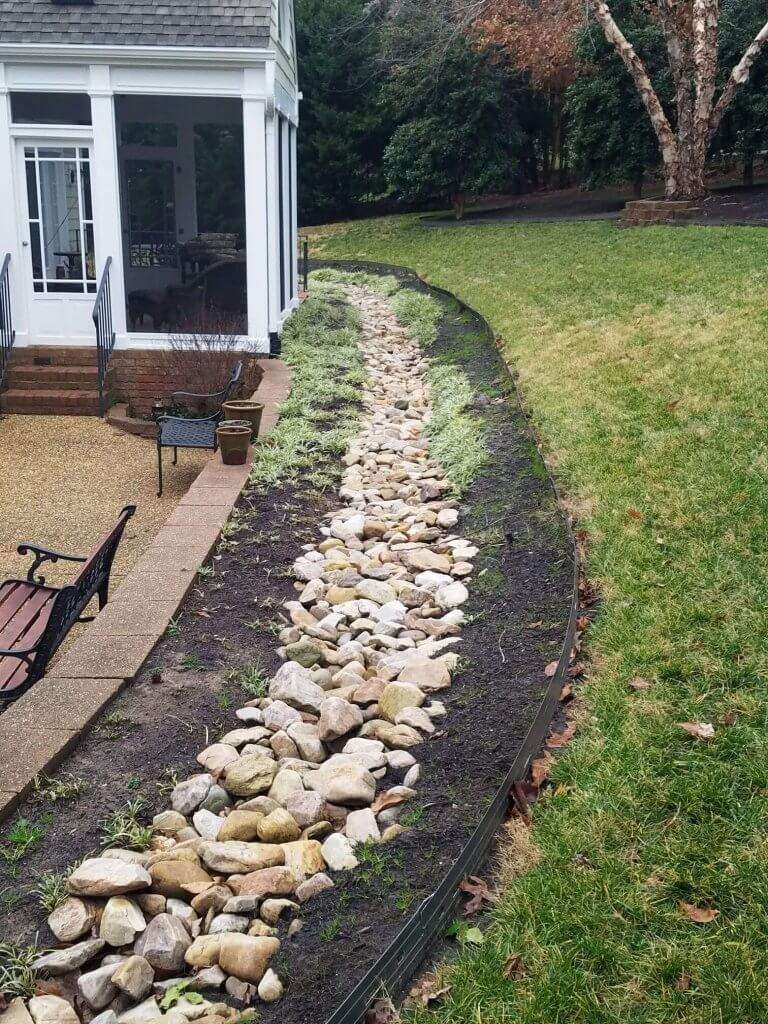
F.A.Q.
There are many different details that surround hardscaping. Our team is always happy to help you learn more about your project.
Why is proper grading important?
Proper grading ensures effective drainage, prevents water from pooling or flooding, protects the foundation of structures, reduces erosion, and enhances the overall health of the landscape.
What is the difference between grading and drainage?
Grading is the process of shaping and leveling the land to direct water flow. Drainage refers to the systems and methods used to manage and remove excess water from the landscape, such as gutters, downspouts, and drainage pipes.
Can grading be done in small areas, or is it only for large projects?
Grading can be done for both small and large areas. Whether it’s for a residential yard or a commercial site, grading can be tailored to fit the specific needs of the project.
What should I do if I have water pooling in my yard?
Water pooling can often be addressed by adjusting the grading to create proper slopes, installing or repairing drainage systems, and improving soil permeability.
How much does grading and drainage work cost?
Costs vary based on the project size, complexity, and site conditions. Factors such as the extent of grading required, the type of drainage system, and local labor rates will influence the overall cost.
Contact Us
Always feel free to contact us about any questions you have, to setup a free consultation, or just to say hello!

